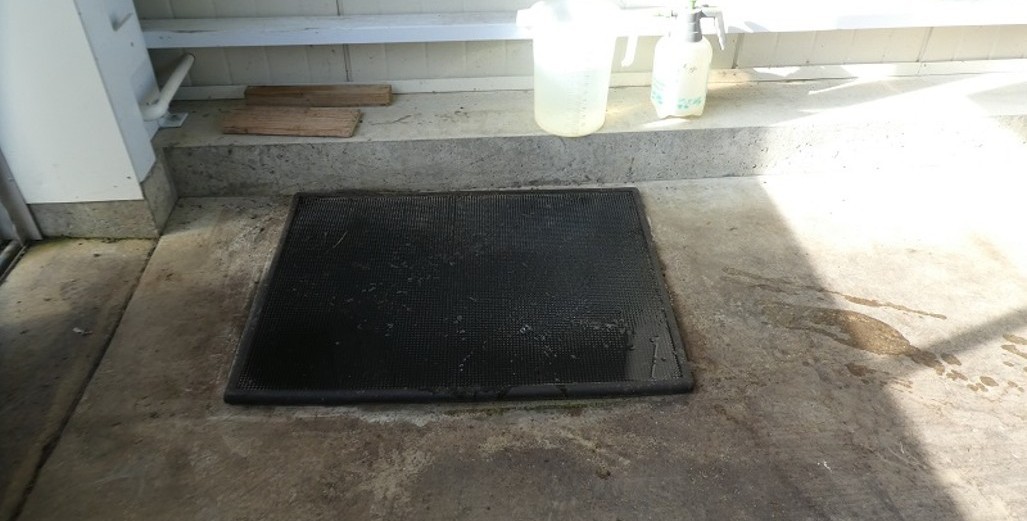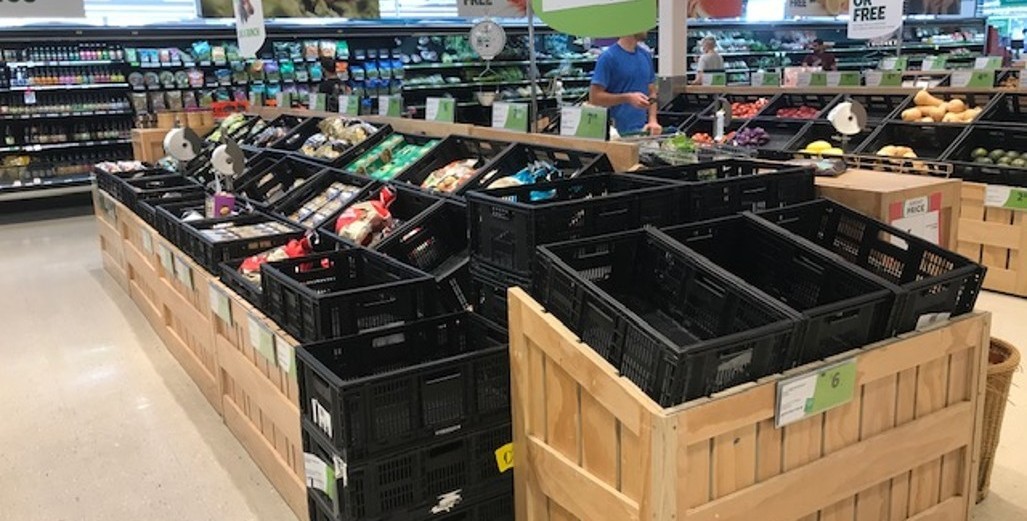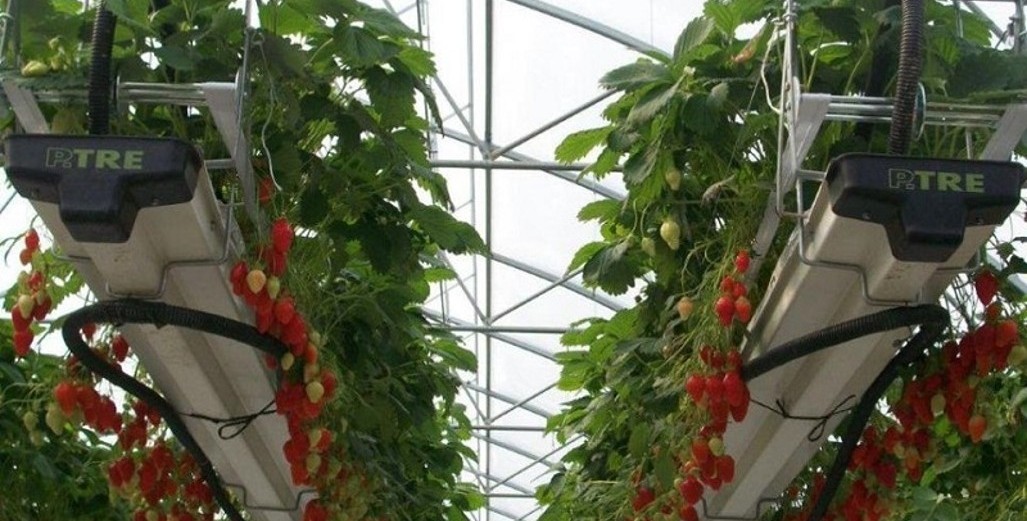COVID-19 restrictions lift
During the COVID-19 level 4 lockdown agrichemical training was not seen as an essential service. For many growers their accreditation may have expired or bookings deferred during this period. It is now time to make sure this is high on your lists of priorities.
Agriculture and Horticulture will have a major role in helping this country recover, we are more than essential, we are a necessity. Growing operations are obligated to ensure they effectively and safely apply all products, abide by law and best practice.
Any person/company that currently has accreditation know certificates do not have infinite lifespans and refresher courses are a requirement. Systems and regulations may change and technical requirements may change or be improved. Even if you have completed agrichemical training in the past, refresher courses may offer improvements that apply to your businesses.
Horticulture will not be immune to financial difficulties and the pressures we face in this long recovery phase. Cutting corners is not an option, every bit of fertiliser, agrichemical, sanitiser, biological products need to be applied in such a manner you have effective coverage. This means don’t over or under apply, make sure your equipment is calibrated regularly and that you never bypass safety protocols and most of all your products are stored safely and securely.
I highly recommend you contact Educhem specialist agrichemical trainers today.
Below is extracts from the Educhem site for more information click onto the link or make contact them to make an enquiry. Details below.
Educhem is one of New Zealand’s leading providers of agrichemical training, specialising in delivering the GROWSAFE programmes, including Basic, Standard, Advanced (Applied), Registered Chemical Applicators and Pilot Chemical Rating.
We have a very strong focus on adding value to our training courses by using the Tech-Ops system keeping agrichemical users up to dates on regulatory changes and new technology.

Educhem works very closely with various industries, with regular meetings to ensure what they require is delivered and built into the training courses.
Educhem staff have over 35+ years' experience in delivering the GROWSAFE training courses and delivered the very first GROWSAFE Course in New Zealand.
Educhem delivers courses that are moderated by GrowSafe and CAA.
Educhem has professional and experienced staff in all areas of agrichemical use, and offers the following:
GROWSAFE Basic
GROWSAFE Standard Certificate
GROWSAFE Advanced (Applied) Certificate
GROWSAFE Registered Chemical Applicators Certificate (Ground spraying contractors)
GROWSAFE Standard (Endorsed Ground Crew) Certificate
GROWSAFE Chemical Rating (Aerial Application for Pilots)- Includes Manned and Unmanned
GROWSAFE Calibrators certificate (calibration of application equipment)
GROWSAFE Courses can be delivered on site or company inhouse
Certified Handler Certificates for Agrichemicals & VTA's
Preparing company Safety in the Workplace Operating Procedures and plans
Design and advice on the storage of agrichemicals
Worksafe Site Compliance

Pattern Testing
Educhem provides superior Agrichemical Training, delivering courses through-out the country. Contact us today to discuss getting booked onto the right course that fits your needs.
0800EDUCHEM (0800 338 2436)
Web: http://www.educhem.co.nz/
https://www.facebook.com/EduchemLtdGrowSAFECourses/




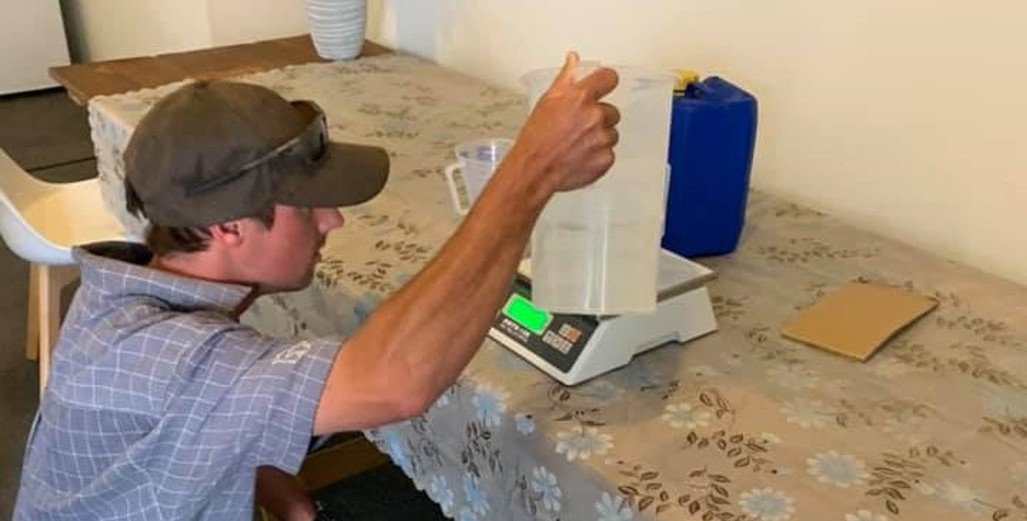
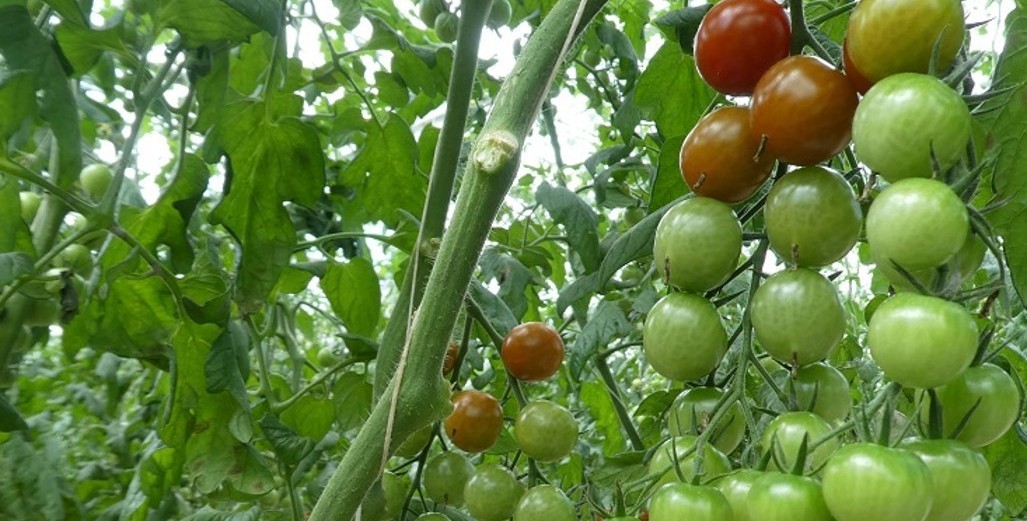

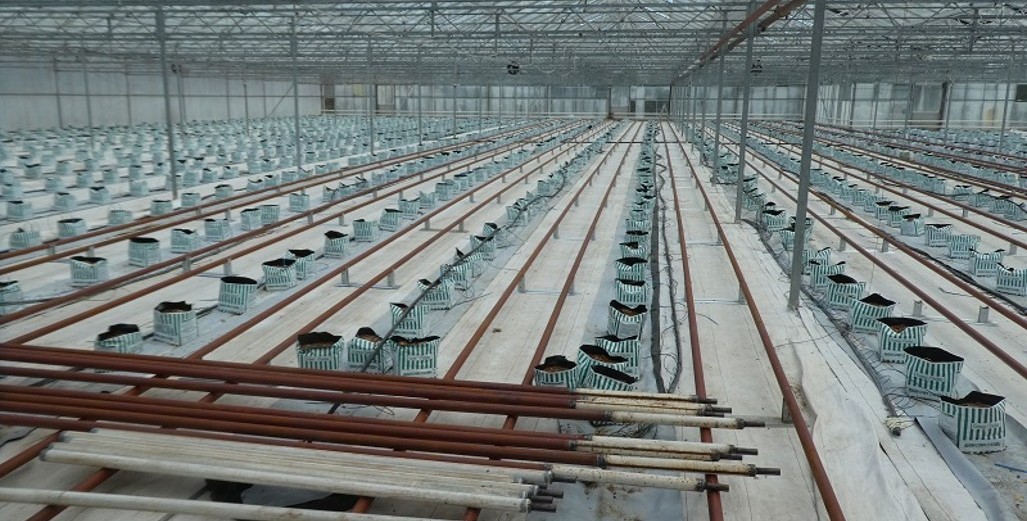
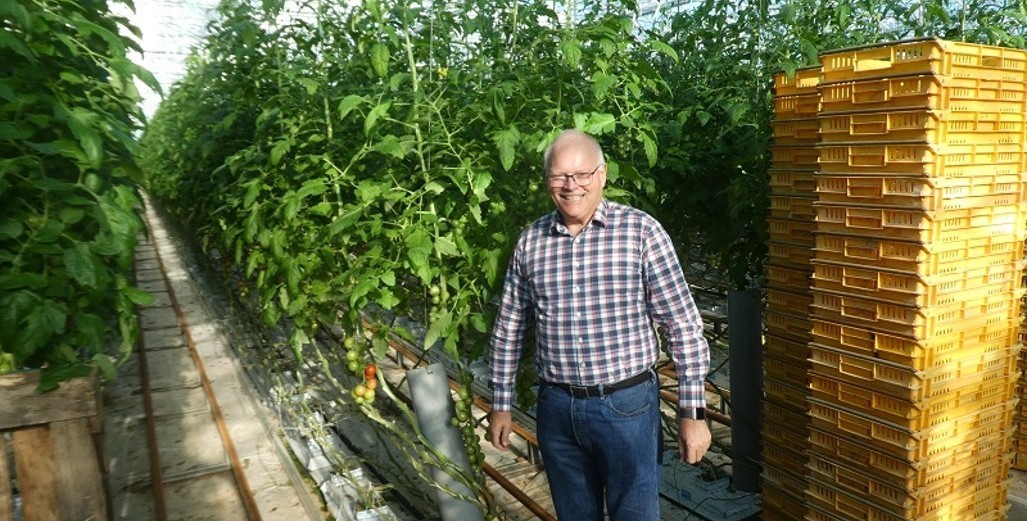
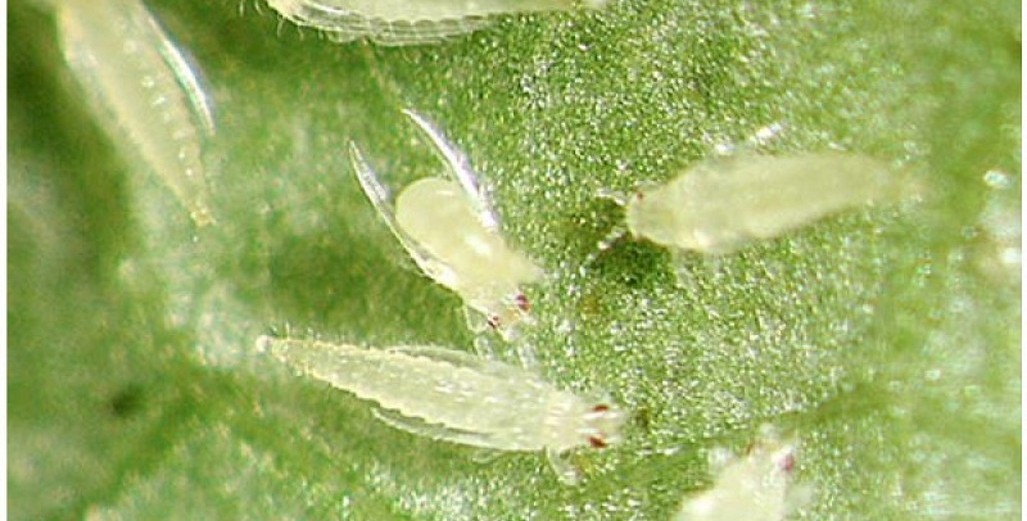
.jpg)
